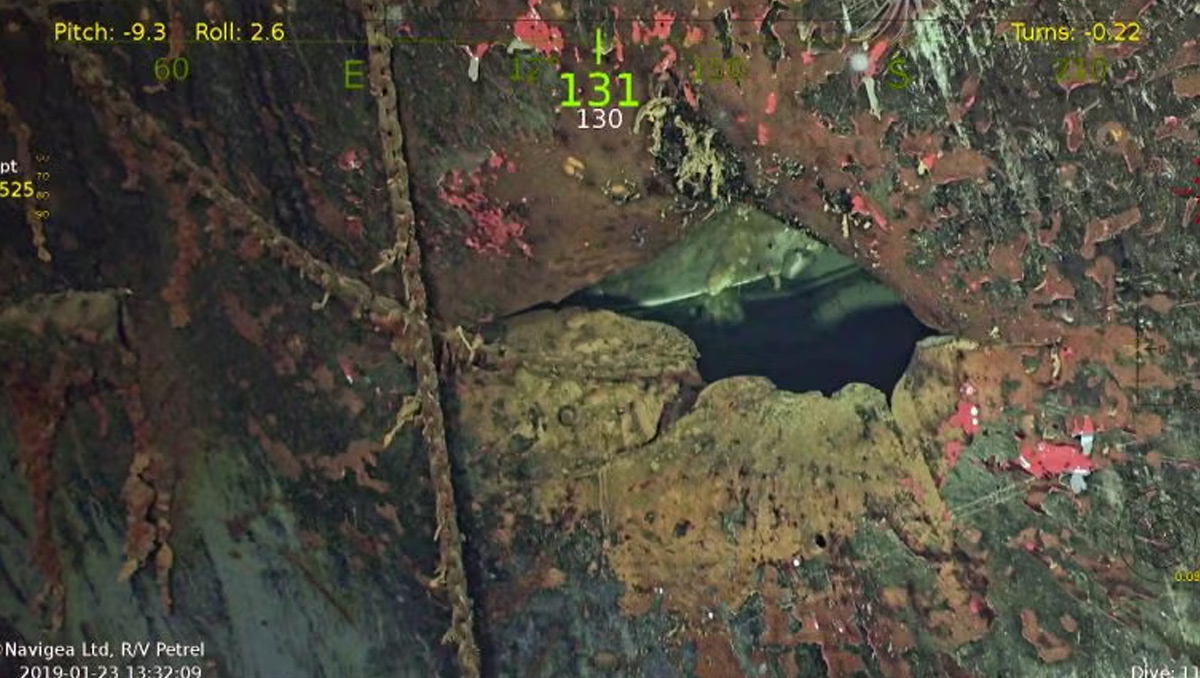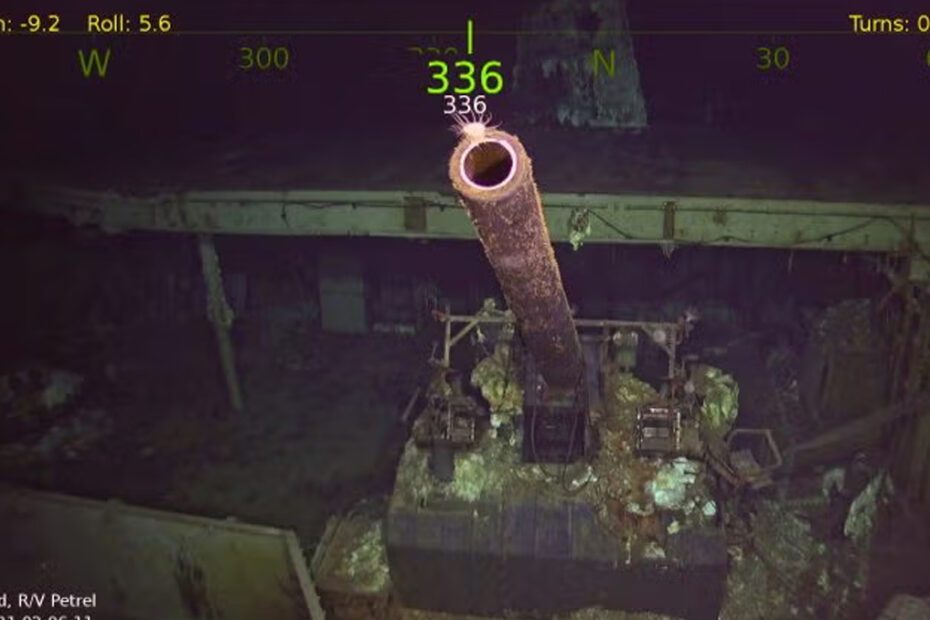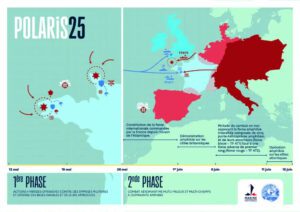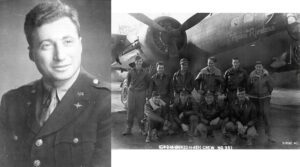A Long-Lost Legend Unearthed
More than 80 years after the USS Hornet met its fate in the waters of the South Pacific, a remarkable discovery has been made: the wreckage of USS Hornet has been located 17,500 feet below the ocean’s surface. This milestone, achieved by the deep-sea vessel R/V Petrel, comes as a part of a series of historical expeditions funded by the late Paul Allen, co-founder of Microsoft.
The Hornet was one of the most storied aircraft carriers of World War II. Commissioned into the U.S. Navy just two months before the attack on Pearl Harbor, she played a critical role in the early years of the war. Her most famous moment was undoubtedly the Doolittle Raid in April 1942, when she served as a floating runway for 16 U.S. Army Air Corps B-25 Mitchell bombers that struck Tokyo and other Japanese cities.
A Ship of Courage and Sacrifice
The Hornet’s service was both brief and impactful. Ordered from the Newport News Shipbuilding Company in March 1939, she was part of the Yorktown-class carriers. With a length of 824 feet and a capacity for up to 72 aircraft, the Hornet embodied American naval power at a pivotal moment in history.
The April 1942 Doolittle Raid was an audacious attack that provided a desperately needed morale boost for the American public. Launching the bombers just 650 miles from Japan’s shores, the Hornet and her crew struck targets across Tokyo, Yokosuka, Yokohama, Kobe, and Nagoya. The mission demonstrated that Japan was not invulnerable and emboldened the United States to press forward in the Pacific theater.
Later that year, during the Battle of Santa Cruz in October 1942, the Hornet played a critical role by damaging a Japanese carrier and cruiser. However, she was severely hit by enemy aircraft and torpedoes. Despite attempts by American destroyers Mustin and Anderson to scuttle her and deny her to the enemy, the advancing Japanese fleet ultimately sank the Hornet, sending her to the ocean floor.

Unveiling the Wreckage of USS Hornet
Decades passed before the final resting place of the Hornet was confirmed. In 2025, the R/V Petrel team embarked on a mission to locate her remains. The vessel, built to withstand the immense pressure of the deep sea, used advanced autonomous technology and extensive research to find the wreckage of USS Hornet.
According to Paul Allen’s website, the ten-person team aboard the 250-foot-long R/V Petrel relied on national and naval archives, including official deck logs and action reports. By plotting sightings and positions from nine other American warships engaged in the 1942 battle, they created a detailed search grid.
The Hornet was discovered on the first dive mission of the Petrel’s autonomous underwater vehicle. High-resolution footage captured by remotely operated vehicles confirmed the identity of the wreck, finally closing a chapter that had been left open for generations.
A Glimpse Into the Final Battle
The images and footage collected by the R/V Petrel team provide an extraordinary window into the Hornet’s final moments. Damage to the carrier’s hull, likely inflicted by the Mustin and Anderson destroyers’ 400 five-inch shells, is clearly visible. One particularly haunting sight is an International Harvester tractor standing upright in the hangar, a silent witness to the chaos of the Hornet’s last stand.

While the team has chosen not to disclose the precise location of the wreck, this decision underscores the need to protect the Hornet’s final resting place. Many Pacific war wrecks have been looted or scavenged for black-market scrap, erasing vital pieces of history. Fortunately, the USS Hornet remains protected under the U.S. Sunken Military Craft Act. This law affirms that sunken military craft remain U.S. property, regardless of their location or the passage of time, and cannot be disturbed without Navy permission.
Preserving History Through Technology
The discovery of the Hornet is part of a larger effort by the R/V Petrel to uncover and document the underwater battlefields of the Pacific. In 2018, the vessel located the USS Lexington, lost during the Battle of the Coral Sea in 1942. Just weeks before finding the Hornet, the Petrel had also discovered the wreck of the Japanese battleship Hiei, the first major Japanese warship sunk by the U.S. Navy during the conflict.
These remarkable achievements highlight how modern technology—autonomous underwater vehicles, high-resolution cameras, and precise navigation systems—can preserve the memory of our shared past. The Petrel’s missions are more than explorations; they are testaments to the sacrifices and heroism of those who fought in the Pacific theater.
Wreckage of USS Hornet: A Legacy Honored
As the wreckage of USS Hornet rests silently beneath the waves, it serves as a powerful symbol of the courage and determination of all those who served aboard her. Her discovery is a poignant reminder of the human cost of war and the importance of preserving these sites for future generations.
The efforts of the R/V Petrel team ensure that the Hornet’s story will continue to inspire and educate, even as she lies far beneath the ocean’s surface. This discovery adds another vital chapter to the historical record of World War II and underscores the enduring power of technology and determination in bringing the past back into view.
The video of USS Hornet in the Pacific
Sources: Popular Mechanics
Social Context: Dive into history: the wreckage of USS Hornet has been found 17,500 feet below the Pacific. Discover the story behind this legendary WWII carrier!



![BlueWhale Autonomous Submarine: Advancing Maritime Defense [Video] BlueWhale Autonomous Submarine by IAI ELTA: A stealthy, modular underwater vehicle redefining maritime defense and underwater intelligence.](https://www.spotynews.com/wp-content/uploads/2025/06/BlueWale_Tm_3-300x170.jpg)